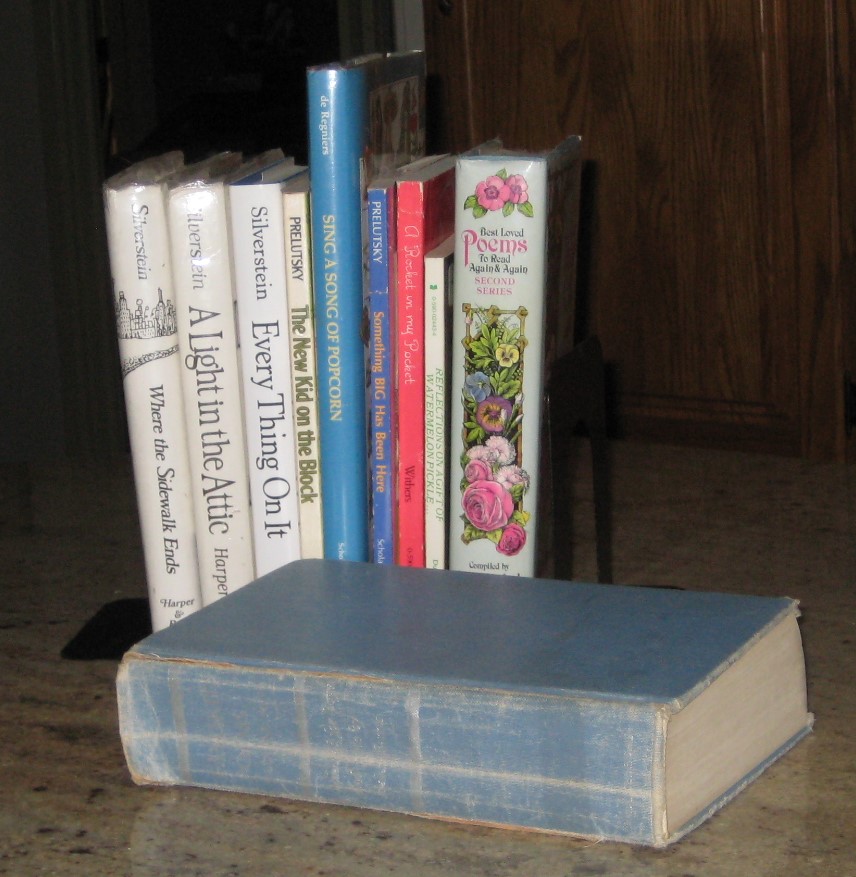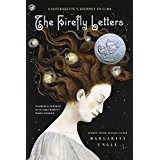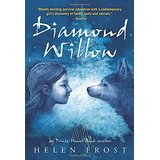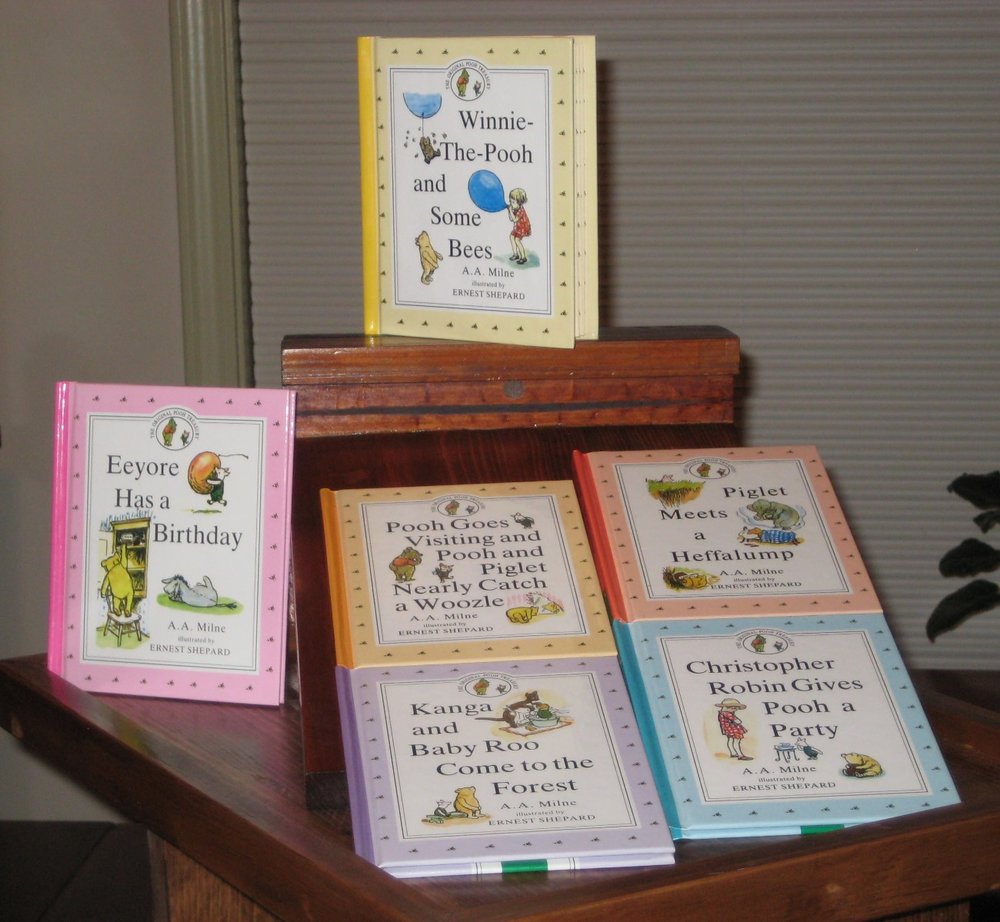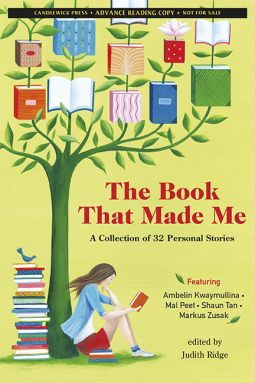 Thirty-one authors with essays on the books that made them who they are sounded too enticing to pass up. The Book that Made Me with these essays collected by children’s literature expert Judith Ridge was published first in September in Australia and this month by Candlewick in America. While the writer names from New Zealand and Australia were largely unfamiliar to me, their ideas and passions rang a recognizable tune.
Thirty-one authors with essays on the books that made them who they are sounded too enticing to pass up. The Book that Made Me with these essays collected by children’s literature expert Judith Ridge was published first in September in Australia and this month by Candlewick in America. While the writer names from New Zealand and Australia were largely unfamiliar to me, their ideas and passions rang a recognizable tune.
The concept was for the authors to name the one book that was the greatest inspiration in their life or their work. James Roy summarizes the theme in his essay, “Everyone knows that often the best books are the ones that speak to us, the ones we truly relate to. The ones that make us go, ‘I know that feeling.’ ”
As you might guess with thirty-one writers, variety ensued. Some seemed not to understand the concept of one book and gave a list. Some leaned more to what formed them as writers and some to how the book(s) had changed them as people. One cited oral lore from the Palyku people of western Australia rather than a book. One leads into a long paragraph of general parenting advice.
Writers got these cherished childhood books from a variety of places – their library, their family bookshelves, or as gifts. One was pretty sure she stole hers. Expected titles of Chronicles of Narnia, a variety of Dr. Seuss titles, Nancy Drew, and The Book Thief were interspersed with Australian and New Zealand titles unknown to me.
Shaun Tan’s cartoons threading their way through the book along with photographs of the authors in their youth added fun and charm. I enjoyed comparing their choices and the ways they were influenced with my own relationships with books. (In case you are wondering, I would have chosen Little Women.)
I would agree with a line from Ambelin Kwaymullina’s essay, and I think those writers would, too. “Every story matters, and we all have the power to influence the future.”












